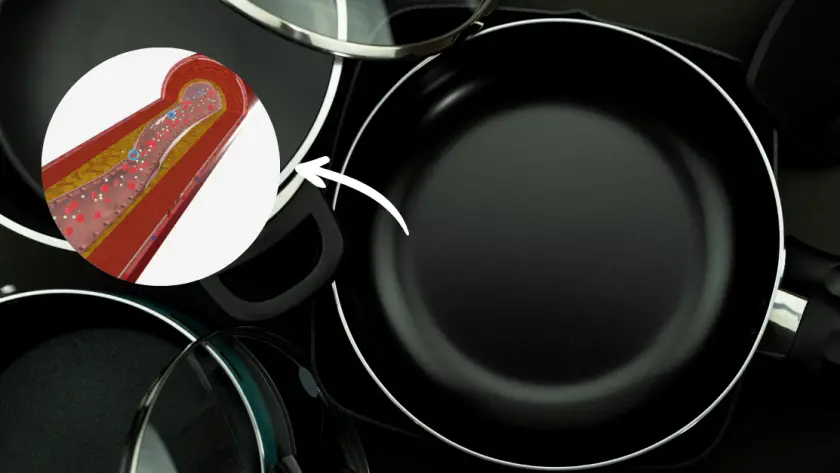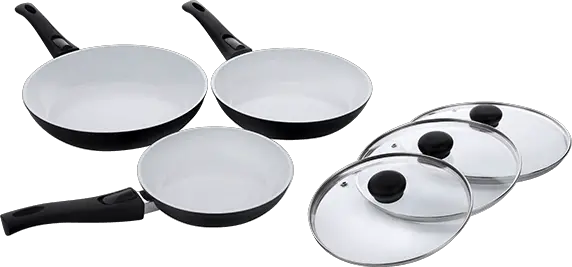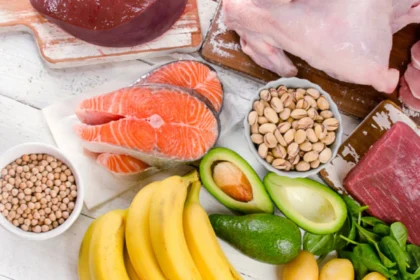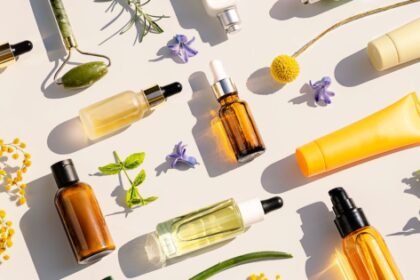Cooking is a daily ritual in most homes, but did you know that the cookware you use could be silently harming your health? While many people focus on the quality of their food, few realize that the pots and pans they cook with can leach toxic chemicals and heavy metals directly into their meals.
Over time, exposure to these toxins may lead to serious health issues—ranging from hormone disruption to neurological damage.
In this article, we’ll expose the top five most dangerous types of cookware, explain how they could be compromising your health, and reveal safer alternatives that protect you and your loved ones.
1. Teflon (Non-Stick) Cookware – A Silent Chemical Threat
Non-stick cookware has become a kitchen staple thanks to its convenience—easy cleanup and less oil required. However, the glossy surface coating, commonly known as Teflon, contains a class of chemicals called perfluorinated compounds (PFCs).
When overheated (above 500°F or 260°C), Teflon releases toxic fumes that you can inhale without even realizing it.
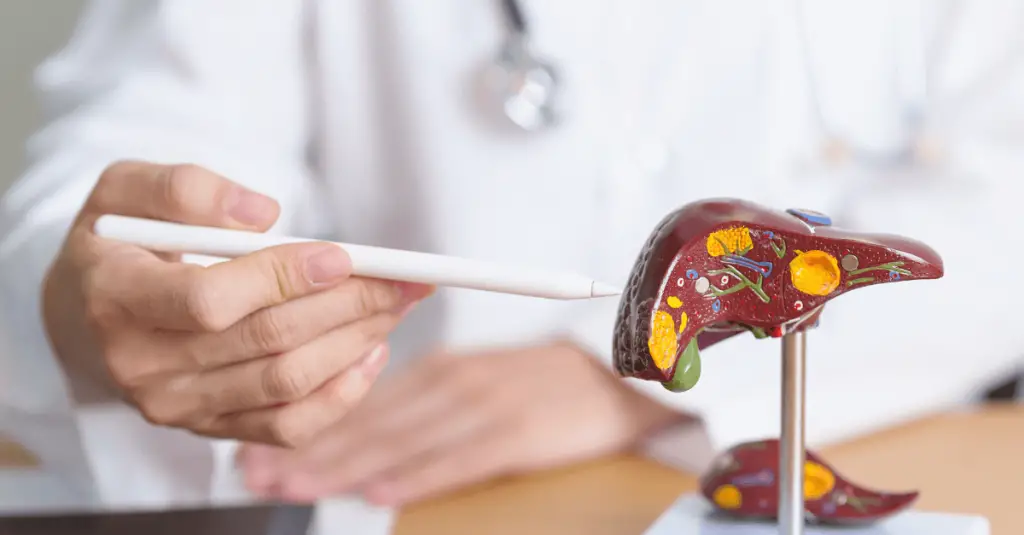
One particularly harmful chemical once used in Teflon production is perfluorooctanoic acid (PFOA). Research has linked PFOA exposure to:
- Thyroid dysfunction
- Liver damage
- Kidney disease
- Fertility problems
- Certain cancers
What makes Teflon cookware even more dangerous? As the non-stick coating wears off over time, small flakes can break away and mix into your food. Regular consumption of these particles means you’re ingesting these harmful substances without knowing it.
Safer Alternative: Look for PFOA-free ceramic or high-quality stainless steel cookware to avoid these chemical risks.
2. Aluminum Cookware – The Heavy Metal Danger
Aluminum is lightweight, affordable, and a popular material for many pots and pans. However, there’s a major downside: Aluminum is reactive—especially when in contact with acidic foods like tomatoes or vinegar.
When you cook with aluminum cookware, tiny amounts of the metal can leach into your meals. Over time, chronic aluminum exposure has been associated with:
- Cognitive decline (including links to Alzheimer’s disease)
- Bone disorders (aluminum interferes with calcium absorption)
- Kidney stress (the body struggles to eliminate excess aluminum)
Although anodized aluminum is marketed as a safer option, it’s still best to avoid regular use of aluminum cookware—especially if the coating is scratched or worn.
Safer Alternative: Enameled cast iron or ceramic-coated cookware can provide similar cooking benefits without the health risks.
3. Copper Cookware – Pretty but Poisonous
Copper cookware may look beautiful, but it carries hidden risks. Unlined copper pots and pans can leach copper into your food—especially when cooking acidic ingredients. While copper is an essential mineral, too much can be toxic.

Symptoms of copper toxicity include:
- Nausea and vomiting
- Stomach cramps
- Liver and kidney damage (in severe cases)
To mitigate these risks, most modern copper cookware is lined with another material (such as stainless steel or tin). However, as these protective layers wear down, the copper beneath is exposed—posing the same risk.
Safer Alternative: If you love copper’s heat conductivity, choose lined copper from reputable brands and inspect for damage regularly.
4. Stainless Steel Cookware – Hidden Risks Beneath the Surface
Stainless steel is often viewed as a safe and durable cookware choice—but there are hidden risks you should know about. While it doesn’t contain chemical coatings like Teflon, stainless steel is typically made from a mix of metals, including nickel, chromium, and iron.
When cooking acidic or salty foods (like tomato sauce or vinegar-based dishes), small amounts of these metals can leach into your food—particularly if the cookware is scratched, worn, or exposed to high heat.
Why is this a concern?
- Nickel Sensitivity – Regular exposure to nickel can cause allergic reactions, skin irritation, and digestive issues.
- Chromium Toxicity – Although chromium is essential in small amounts, excess can harm the liver and kidneys.
- Metal Accumulation – Over time, chronic ingestion of trace metals may contribute to oxidative stress and cell damage.
Safer Alternative: If you love the durability of stainless steel, choose nickel-free stainless steel or upgrade to ceramic cookware for a truly toxin-free option.
5. Cast Iron Cookware – Heavy and Risky
While cast iron is beloved for its durability and ability to retain heat, it comes with a lesser-known downside: iron leaching. When cooking acidic foods, uncoated cast iron pans release iron into your meals. While this can benefit those with iron deficiencies, excessive iron can lead to:
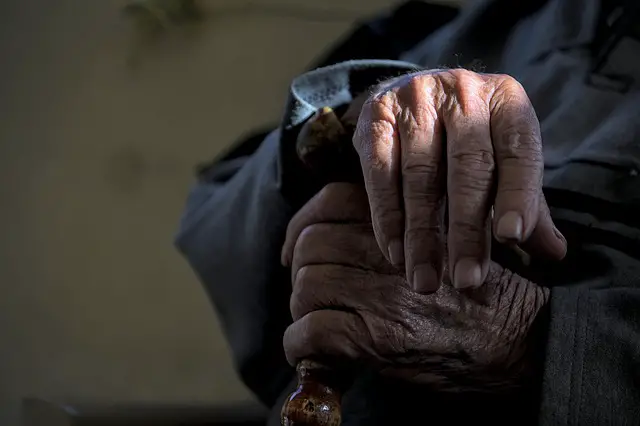
- Iron overload (hemochromatosis)
- Liver toxicity
- Oxidative stress (which accelerates aging and cellular damage)
Regular use of cast iron can be particularly problematic for those who already consume sufficient iron in their diets.
Safer Alternative: Opt for enameled cast iron, which provides the same cooking benefits without the risk of iron leaching.
Why Safer Cookware Matters for Long-Term Health
The dangers posed by toxic cookware may not be immediately obvious, but their effects accumulate over time. Chronic exposure to heavy metals and chemical compounds can contribute to long-term health issues, including hormone disruption, immune dysfunction, and increased cancer risk.
By choosing safer alternatives, you protect not only your health but also that of your loved ones.
The Safest Cookware Alternative: Chef’s Foundry P600 Ceramic Cookware
If you want cookware that prioritizes your health and safety, we recommend the Chef’s Foundry P600 Ceramic Cookware. It’s designed with cutting-edge technology to provide a safe, non-toxic cooking surface without the risks of heavy metals or chemical leaching.
Here’s why Chef’s Foundry P600 stands out:
✅ Non-Toxic Ceramic Coating – Uses Swiss-made Xeradur 2 ceramic coating, free from PFOA, PTFE, and heavy metals.
✅ Superior Durability – Highly resistant to cracks, scratches, and discoloration.
✅ Healthy Cooking Surface – Non-reactive and safe for all food types, including acidic dishes.
✅ Versatile & Ergonomic – Works on all stovetops (including induction) with comfortable, stay-cool handles.
✅ Peace of Mind – No hidden toxins. Just safe, reliable cookware you can trust.
Watch This to Learn More About the Dangers of Toxic CookwareFor a deeper dive into how toxic cookware could be affecting your health, Watch the video here 👇
Why take the risk when you can switch to Chef’s Foundry P600—a safer, healthier cookware option?
Click here to get a 50% discount on your order today and start cooking with confidence!
